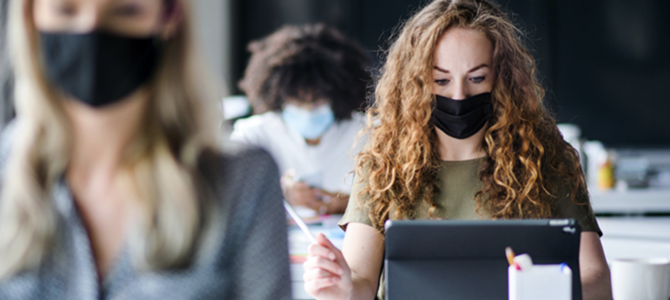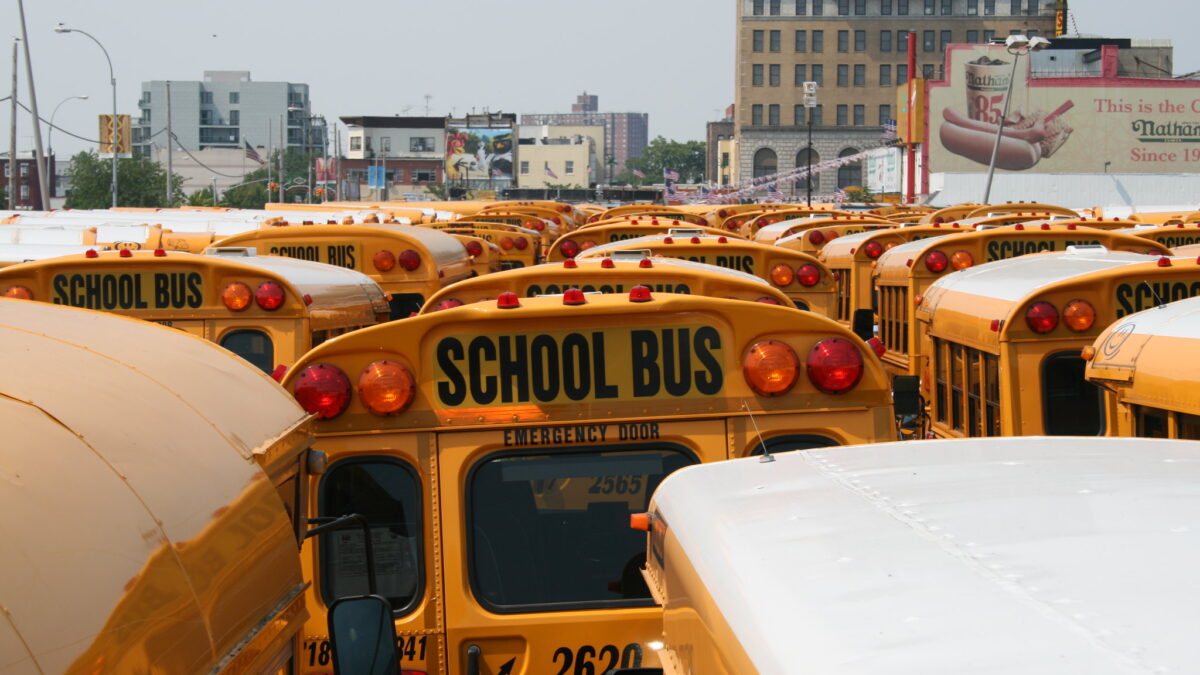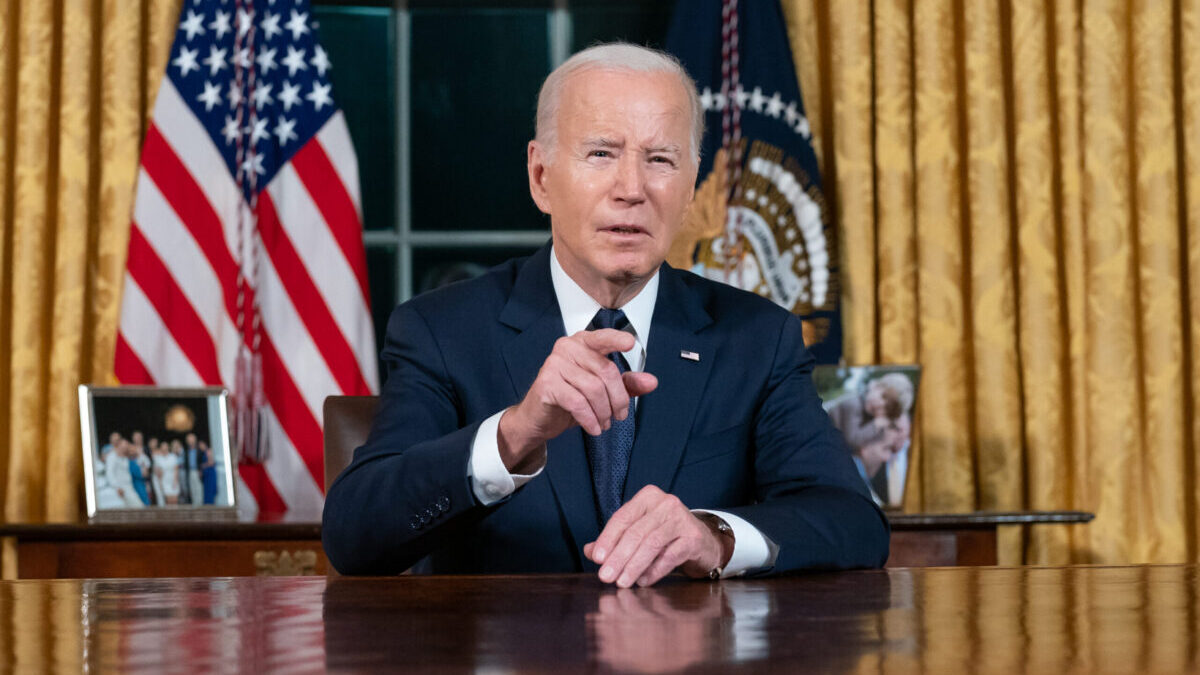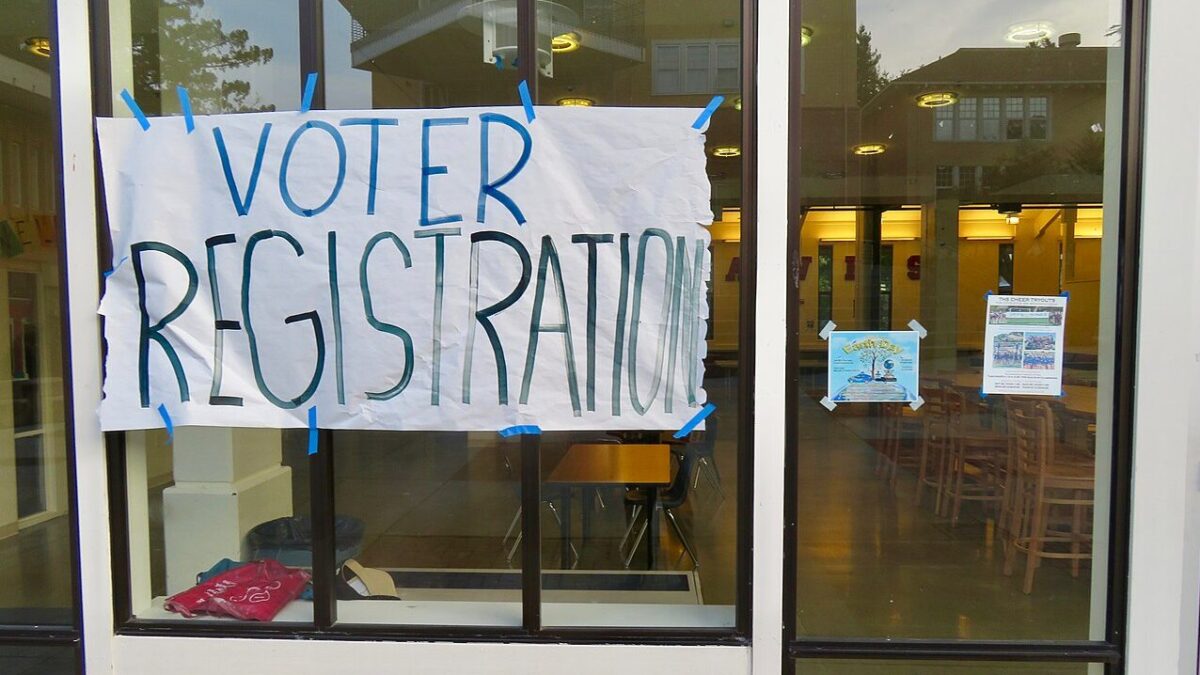Many universities announced they would be conducting the fall 2020 semester online, but other universities have opted to open, offering at least one-third of college students the chance to return to campus to take in-person classes with stipulations. Despite the fact that many of these schools canceled August and December graduation ceremonies, even those scheduled for outside, universities claim they are doing their best to assure students and staff safety.
According to the CDC website, recommendations on higher education institutions should be determined by state and local officials depending on the region’s current health status. The CDC guidelines also say that any “implementation should be guided by what is feasible, practical, acceptable, and tailored to the needs of each community.”
Generally, actions such as mask-wearing by all students, faculty, and staff, limited classroom numbers, and social distancing will be widely accepted and implemented by most universities.
Despite the fact that some policies such as wearing masks are suggested by the CDC and seem to be a generally effective policy, other policies seem less logical, even ridiculous and meant to appease the desire by many Americans to soothe fears created by the media and government’s hysteria surrounding COVID-19.
For example, some universities are requiring proof of a negative COVID-19 test before students return to campus. The problem with this method is that the test is often sent to students’ homes weeks before they are actually going to set foot on campus. Not only does this test prove nothing about the state of someone’s health until weeks after the test, but it also incurs an extra cost on the university and eventually student tuition bills. Even if a student tests positive, their quarantine period will most likely expire before school even starts.
Other universities such as James Madison University in Virginia are also requiring varying levels of self-screening and symptom reporting such as taking temperature daily and reporting any illness through an online portal or app that senses when they arrive on campus.
“Faculty, staff, and students are expected to use their smartphone or computer to access the WorkSafe (faculty and staff) or LiveSafe (student) app. This software application pushes a screening survey to all users when they enter campus through geo-fencing or through a computer logon,” the university’s COVID-19 website section reads.
Despite the school’s good intentions to contain the virus, the app is self-reporting which means that anyone could still enter the campus as long as they lie about their symptoms. This screening requirement also does not prevent any asymptomatic COVID-19 patients from entering the campus and spreading the virus.
Similar to screening requirements, other universities have committed to contact tracing technology such as Oklahoma State University. At OSU, students will not be required to download an app, but will instead be tracked using WIFI access points, dining hall meal card swipes, and class attendance.
Other schools have set up temporary buildings meant to maximize social distancing opportunities or limit how many students may sit at tables in campus buildings. While these mandates seem good to students or parents wary of COVID-19, many of these universities fail to mention that these same students live in crowded residence halls with shared living spaces, kitchens, bathrooms, and common rooms. They also fail to mention that these students will most likely socialize off-campus together without these restrictions, negating the attempt to stop potential mass exposures from those infected.
And despite the CDC’s recommendations to only offer testing for those with “signs or symptoms consistent with COVID-19″ or those “with recent known or suspected exposure to SARS-CoV-2 to control transmission,” schools such as the University of Illinois at Urbana-Champaign are requiring students to get weekly COVID tests no matter their condition.
While the CDC does recommend masks, good hygiene, providing updated COVID-19 information, social distancing when possible, disinfecting surfaces regularly, and staying home from class when you are sick, tedious mandates beyond these do nothing for the health and safety of the students, the university, or general public.
Despite the fact that many of these universities claim they are enacting these policies on behalf of the health and safety of students, many of the mandates are not enforceable, will enact extra costs on students who are already shelling out big bucks to attend a higher education institution, and will not inevitably prevent the contraction of COVID-19.
While costs may vary depending on each school, these extra measures hoping to provide security and safety for students and faculty will likely end up costing them more later on, and not fully prevent any student from contracting the virus.









